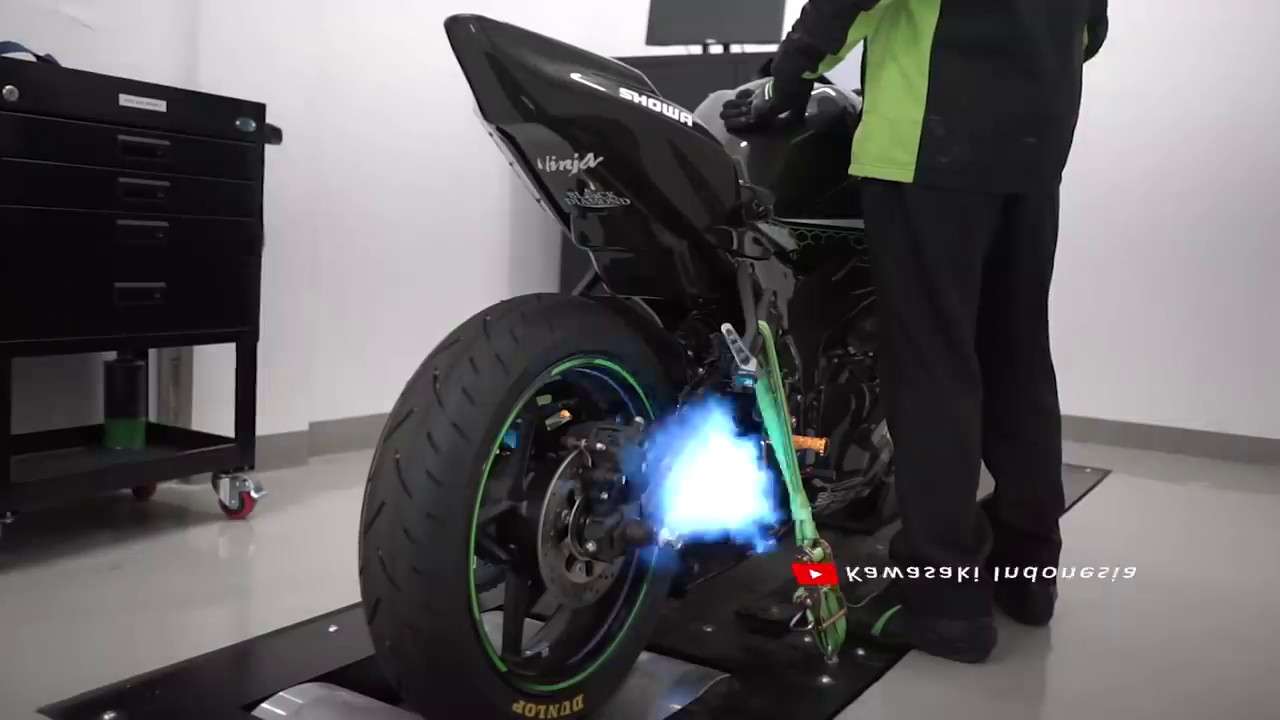Akrapovič release dyno data for Kawasaki ZX-25R
The diminutive Kawasaki ZX-25R’s engine specs have been fairly well guarded – until today

WE’VE seen the dyno runs featuring the screaming inline four-cylinder ZX-25R (or of you haven’t you can here) although the unverified dyno figures made it hard to tell is the 40-odd bhp that was being claimed was true, or not.
Well we can wonder no more, as aftermarket exhaust maker Akrapovič has released the homologation information on the firm’s website.
Kawasaki ZZR1400 (2020) First Ride Impression
It looks as though the data has been inadvertently added to the webpage, as they were taken down pretty quickly, although not quick enough for some eagle-eyed fans at TMC Blog to get some screengrabs!

The data shows us the stock bhp for the machine, which is pretty close to what the unconfirmed reports were saying, and also the gains at specific RPM for people who use the trick Akrapovič pipe.
What is shows is that the tiddly little 250cc inline four-cylinder engine in base form can produce 42bhp at 15,350rpm, and 20.8Nm (15.3lb-ft) of torque at a heady 12,700rpm. Not bad baseline figures for such a tiny engine.

For those looking for a better looking, sounding and performing exhaust system though, the gains made can be fairly substantial. Adding the Akrapovič exhaust to the bike boosts the peak power by 1.3bhp – not a sizeable increase we can admit – although there are other gains to be had further down in the rev range, with the trick system increase the power by 2.5bhp at 9,800rpm. The midrange increases are the same with the torque, with the exhaust adding a 1.3lb-ft gain at 9,600rpm.
Kawasaki ZX-25R Dyno Run
The other obvious advantage of adding any aftermarket exhaust – aside from making it look and sound better – is the massive weight savings that can be had. Stock exhausts are basically designed to do two things, appease the emissions regulations, and make the engine perform correctly. To that note, the materials used, and design can sometimes be sub-optimal in terms of overall weight. The biggest win for the baby Ninja is that is sheds 4.4kg from the bike’s weight, small savings on a 300kg adventure bike, but massive gains for such a featherweight machine.


